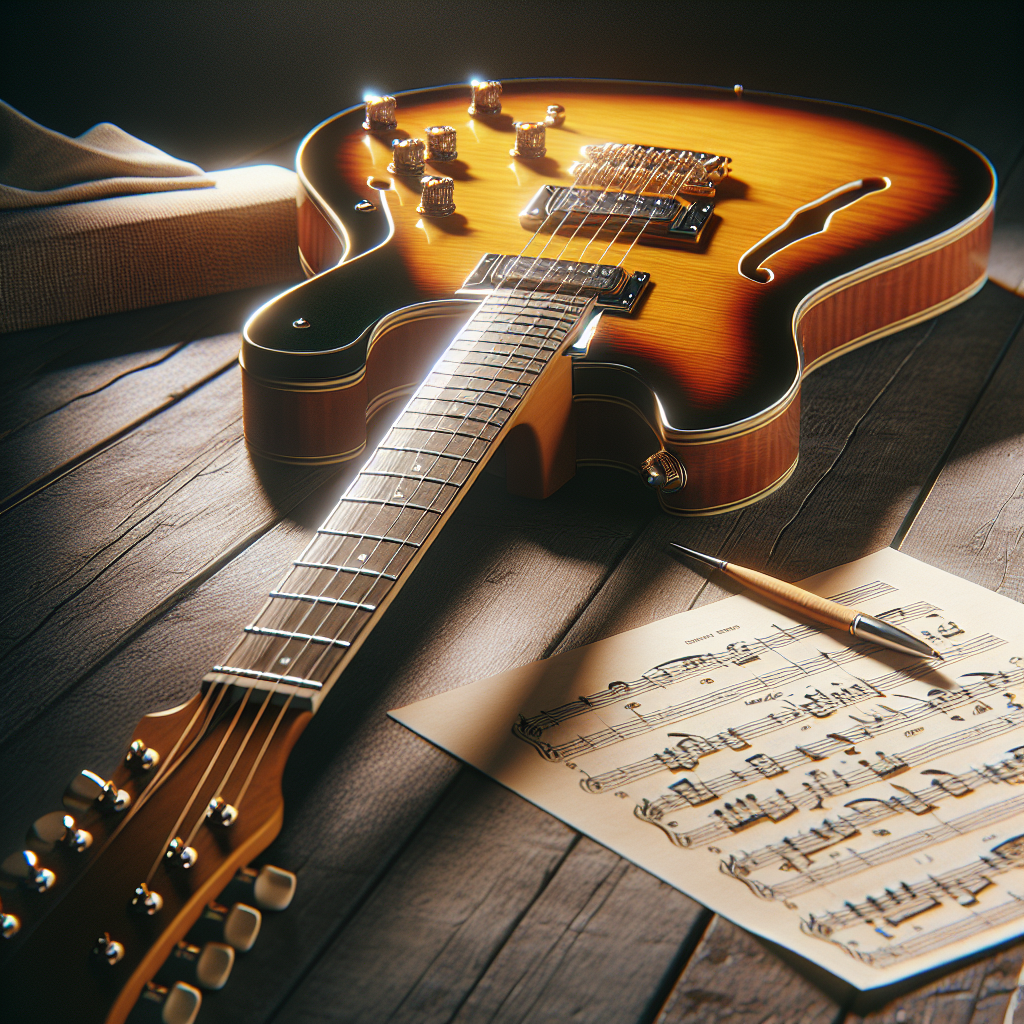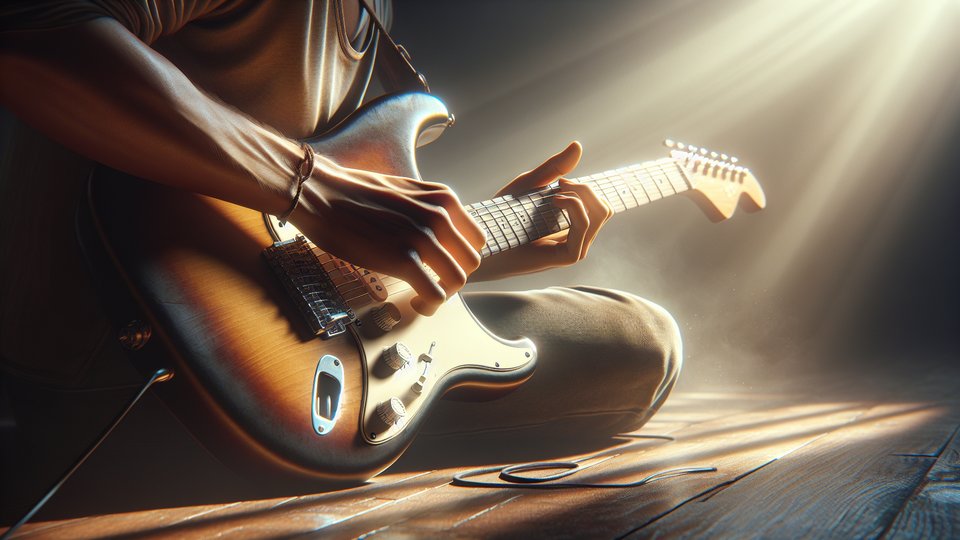
Modes are a powerful tool in a guitarist's arsenal, yet many players find them intimidating or confusing.
Modes are a powerful tool in a guitarist's arsenal, yet many players find them intimidating or confusing. Understanding and utilising modes can take your playing to a whole new level, adding depth and complexity to your music. In this blog post, we will delve into the world of modes and explore how you can unlock their potential on the guitar.
Modes are essentially variations of the major scale, each with its own unique sound and flavour. By learning how to navigate through these modes, you can add colour and emotion to your playing, creating more interesting and dynamic musical phrases.
One of the first steps to mastering modes is to understand the relationship between the modes and the major scale. Each mode is built on a different degree of the major scale, resulting in a distinct set of intervals and sound. For example, the Dorian mode is built on the second degree of the major scale, giving it a minor sound with a raised 6th degree.
To effectively utilise modes on the guitar, it is crucial to be able to visualise and navigate the fretboard with ease. Tools such as a triad visualisation tool can help you recognise chord shapes all over the fretboard, allowing you to effortlessly switch between different modes and chord progressions. Additionally, mastering the notes of the fretboard is essential for understanding how modes are constructed and how they can be applied in different musical contexts. 
Ear training is also vital when working with modes, as it helps you internalise the unique sound and characteristics of each mode. By developing your ear, you can easily recognise the distinct tonalities of modes and incorporate them into your improvisations and compositions.
While some guitarists rely on the CAGED system for fretboard navigation, I prefer recognising triads all over the fretboard to unlock the full potential of modes. By understanding the relationship between triads and modes, you can create more melodic and harmonically rich phrases in your playing.
In conclusion, modes are a versatile and valuable tool for guitarists looking to expand their musical horizons. By mastering the fundamentals of modes and utilising tools like ear training, triad visualisation, and fretboard knowledge, you can unlock the power of modes and take your playing to new heights. Start exploring modes today and watch your musical creativity soar.